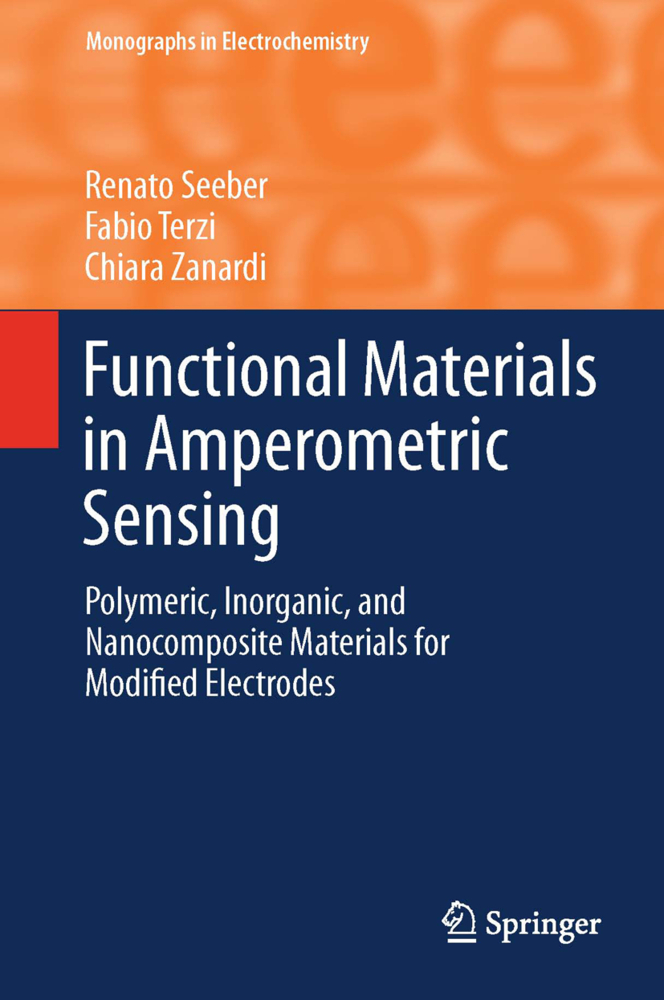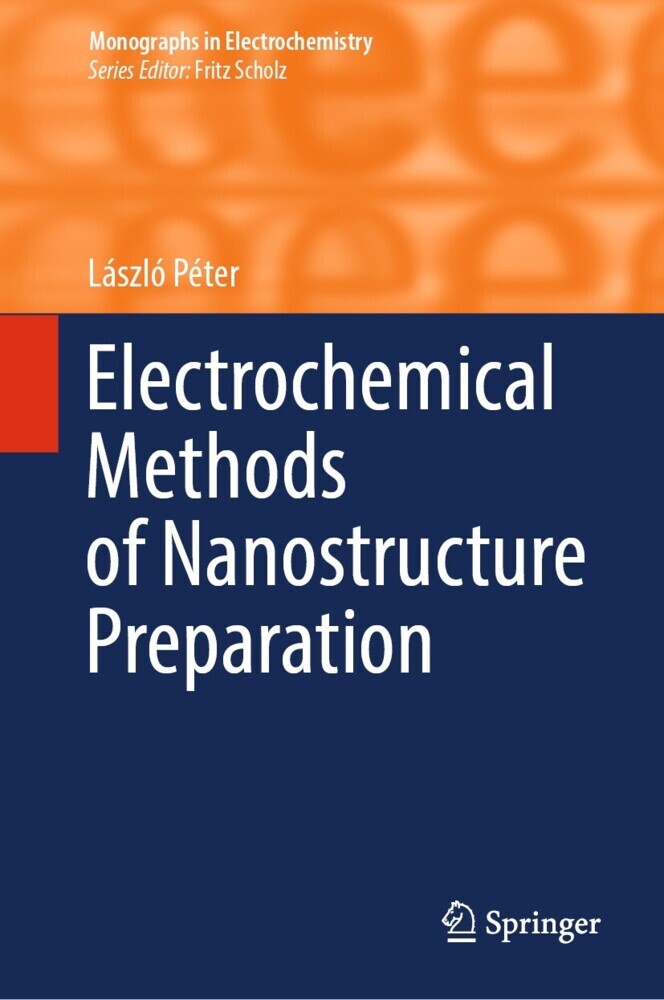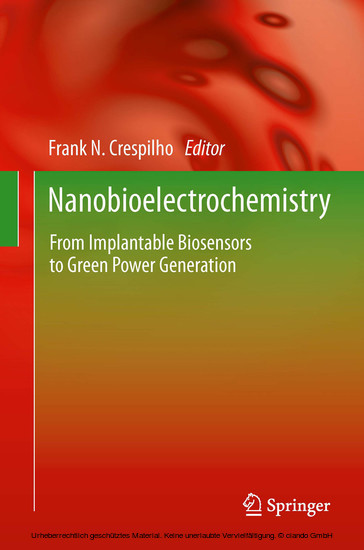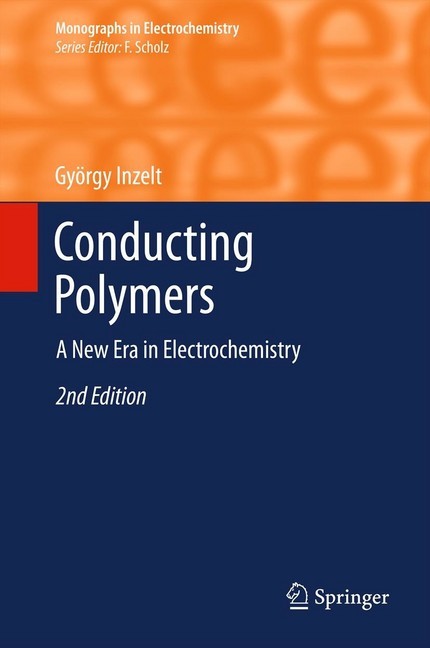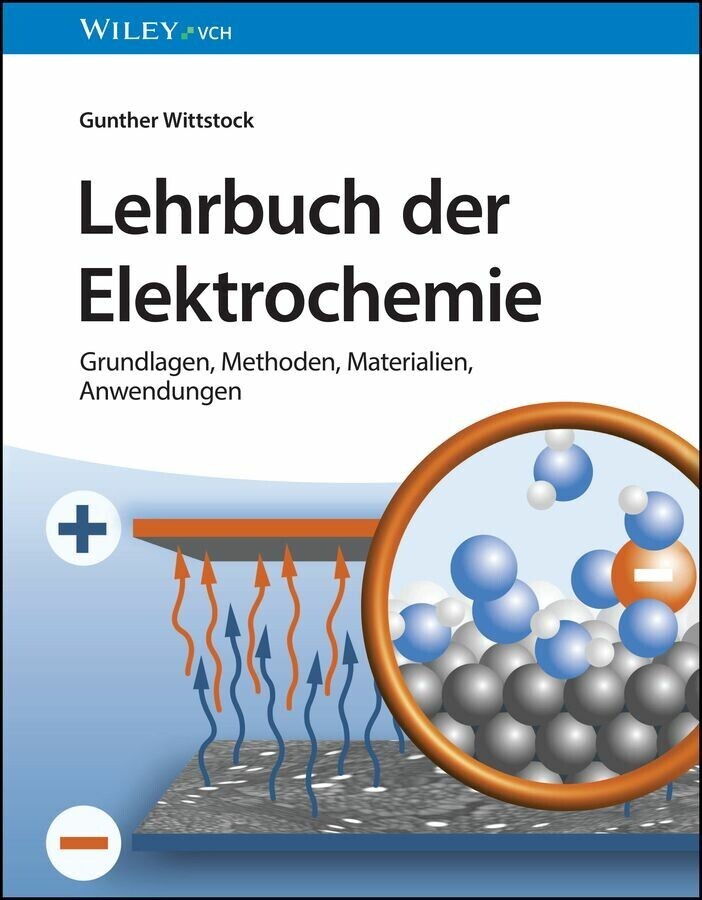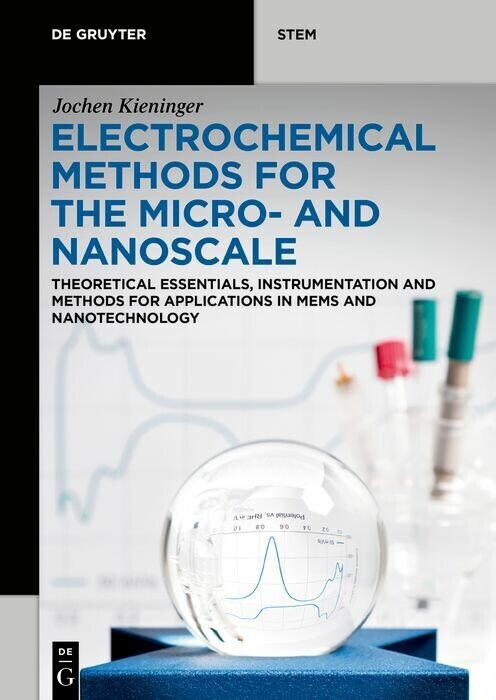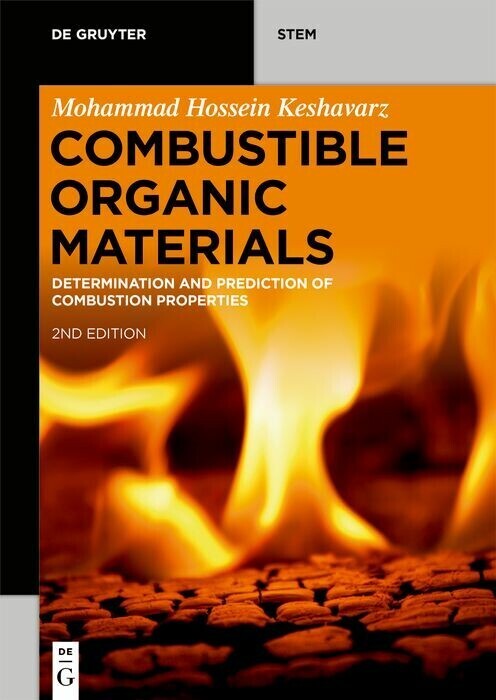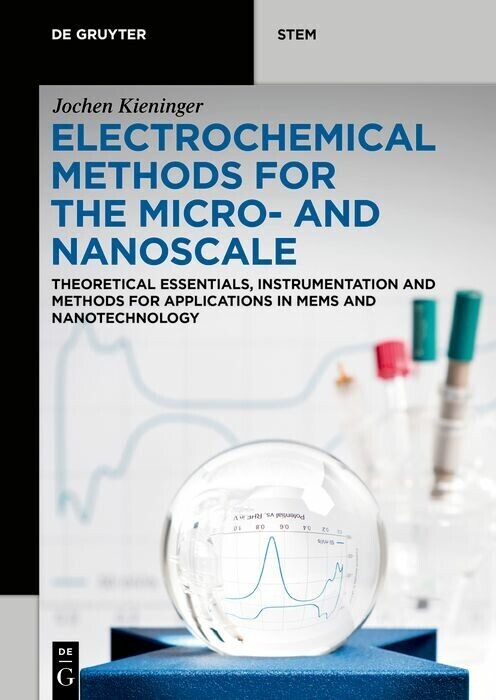Functional Materials in Amperometric Sensing
Polymeric, Inorganic, and Nanocomposite Materials for Modified Electrodes
Functional Materials in Amperometric Sensing
Polymeric, Inorganic, and Nanocomposite Materials for Modified Electrodes
Amperometric sensors, biosensors included, particularly rely on suitable electrode materials. Progress in material science has led to a wide variety of options that are available today. For the first time, these novel functional electrode coating materials are reviewed in this monograph, written by and for electroanalytical chemists. This includes intrinsically conducting, redox and ion-exchange polymers, metal and carbon nanostructures, silica based materials. Monolayers and relatively thick films are considered. The authors critically discuss preparation methods, in addition to chemical and physical characteristics of these new materials. They present various examples of emerging applications in electroanalysis. Due to its comprehensive coverage, the book will become an indispensable source for researchers working on the development and even proper use of new amperometric sensor systems.
Renato Seeber, Fabio Terzi, Chiara Zanardi Department of Chemistry, University of Modena and Reggio Emilia, MODENA - Italy renato.seeber@unimore.it
Renato Seeber, Fabio Terzi, Chiara Zanardi Department of Chemistry, University of Modena and Reggio Emilia, MODENA - Italy renato.seeber@unimore.it
1;Preface of the Editor;6 1.1;References;7 2;Contents;8 3;Chapter 1: Importance of Modified Electrodes in Amperometric Sensing;11 3.1;1.1 From a Look at the Historical Background to Considerations for Effective Perspectives;13 3.2;1.2 Advantages Sought with Respect to Bare Electrodes;18 3.3;1.3 General Overview of the Modifying Materials;24 3.4;1.4 Amperometric Sensing for Specific and Aspecific Analyses;29 3.5;References;30 4;Chapter 2: Intrinsically Conducting Polymers;32 4.1;2.1 Synthesis and Deposition of ICPs onto Electrode Surfaces;34 4.2;2.2 Polymer Doping and De-Doping;37 4.3;2.3 Principal ICPs Derivatives Used in Electroanalysis;41 4.3.1;2.3.1 Polypyrrole;41 4.3.2;2.3.2 Polyaniline;42 4.3.3;2.3.3 Polythiophene;43 4.3.4;2.3.4 Polyphenazines, Polyphenothiazines, and Polyphenoxazines;44 4.4;2.4 Applications of ICPs in Electroanalysis;44 4.4.1;2.4.1 Direct Detection of Organic Species;44 4.4.2;2.4.2 Molecularly Imprinted Polymers;49 4.4.3;2.4.3 Detection of Metal Ions;50 4.4.4;2.4.4 Electronic Tongues;54 4.4.5;2.4.5 Enzymatic Biosensors;55 4.4.6;2.4.6 Genosensors;60 4.5;References;61 5;Chapter 3: Redox Polymers and Metallopolymers;67 5.1;3.1 Main Characteristics of Redox Polymers;67 5.2;3.2 Preparation of Electrode Modified by RPs;70 5.3;3.3 Why Modifications with RPs?;71 5.4;3.4 RPs in Applications or Suitable for Applications: Much to Do in Electroanalysis;72 5.5;3.5 Different Species for Different Roles: RP-Based Composites;74 5.6;3.6 Prussian Blue and Analogous Transition Metal Hexacyanoferrates;75 5.7;3.7 From Pure Redox to Redox-Electronic Conduction in the Same Molecule: The Metallopolymers;79 5.8;3.8 Representative Metallopolymers;88 5.8.1;3.8.1 Metallocenes;90 5.8.2;3.8.2 Bipyridine and Terpyridine Ligands;92 5.8.3;3.8.3 Phenanthroline Ligand;95 5.8.4;3.8.4 Schiff Base Ligands;96 5.8.5;3.8.5 Porphyrin Rings;98 5.8.6;3.8.6 Phthalocyanine Ring;100 5.8.7;3.8.7 Cyclam Cycle;100 5.8.8;3.8.8 Sulphur-Based Ligands;101 5.8.9;3.8.9 Phosphine Ligands;101 5.9;References;102 6;Chapter 4: Ion Exchange Polymers;106 6.1;4.1 Polymers for Ion Exchange Voltammetry;106 6.2;4.2 Polymers for Inclusion of Redox Mediators;108 6.3;4.3 Polymers for Gas Sensors;109 6.4;4.4 Other Applications of Ion-Exchange Polymers;110 6.5;References;111 7;Chapter 5: Monolayers;112 7.1;5.1 Anchoring Monolayers to Substrate;113 7.2;5.2 Common Substrates for Preparation of Monolayers;117 7.2.1;5.2.1 Substrate Preparation;119 7.2.2;5.2.2 Arrangement of the Head Groups on the Substrate Surface;119 7.2.3;5.2.3 Adsorption Sites for the Head Groups;120 7.3;5.3 Spacers;123 7.4;5.4 Stability of the Monolayers;124 7.5;5.5 Reactivity of the Monolayers;125 7.6;5.6 Mixed Monolayers;127 7.7;5.7 Monolayers Based on Oligomers and Polymers;128 7.8;5.8 Electrochemistry of Monolayers;130 7.9;5.9 Analytical Applications;134 7.10;References;141 8;Chapter 6: Nanosized Materials;145 8.1;6.1 Classification of Nanosized Materials;146 8.2;6.2 Synthesis Techniques;148 8.3;6.3 Stability in Solution;151 8.4;6.4 Synthesis of Nanostructures within Templates;153 8.5;6.5 Synthesis of Polymeric Nanostructures;157 8.6;6.6 Synthesis of Metal Nano-Objects through Chemical Reduction of Metal Salts;160 8.6.1;6.6.1 Brust´s Method;160 8.6.2;6.6.2 Turkevich´s Method;162 8.7;6.7 Reactivity of the Encapsulating Agent;163 8.8;6.8 Multicomponent Materials;164 8.9;6.9 Grafting Nanosized Materials onto a Substrate;166 8.9.1;6.9.1 Grafting of Pre-formed Nano-Objects through Monolayers;169 8.9.2;6.9.2 Grafting Pre-formed Nano-Objects in the Form of Hybrid Material;170 8.9.3;6.9.3 Simultaneous Synthesis and Deposition of Nano-Objects;170 8.10;6.10 Electroanalytical Applications;173 8.10.1;6.10.1 Nanosized Materials in Electrocatalytic Reactions;173 8.10.2;6.10.2 Nanosized Materials in Stripping Voltammetric Techniques;175 8.10.3;6.10.3 Nanosized Materials in Bio-Catalytic Sensors;177 8.10.4;6.10.4 Nanosized Materials in Affinity Biosensors;178 8.11;6.11 Final Remarks;180 8.12;References;181 9;Chapter 7:
Seeber, Renato
Terzi, Fabio
Zanardi, Chiara
| ISBN | 9783662451038 |
|---|---|
| Artikelnummer | 9783662451038 |
| Medientyp | E-Book - PDF |
| Copyrightjahr | 2014 |
| Verlag | Springer-Verlag |
| Umfang | 228 Seiten |
| Sprache | Englisch |
| Kopierschutz | Digitales Wasserzeichen |


